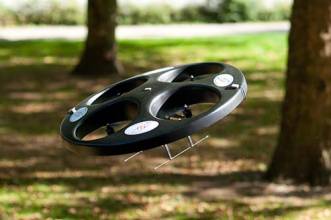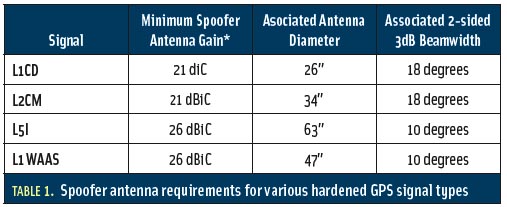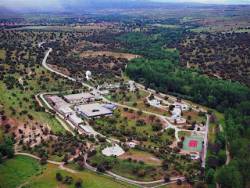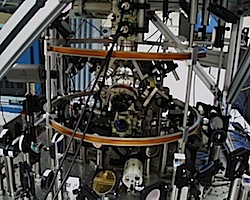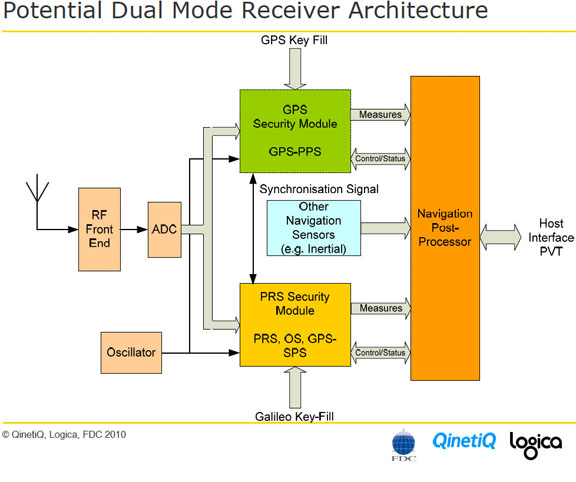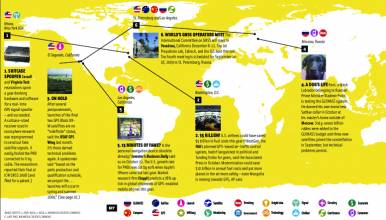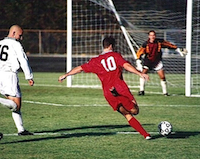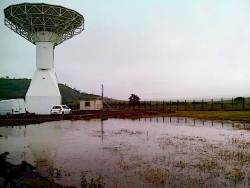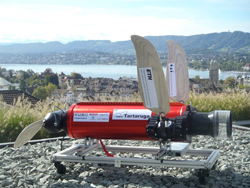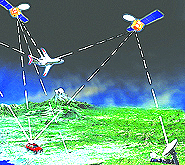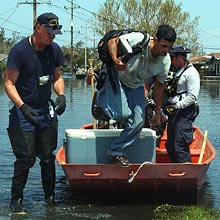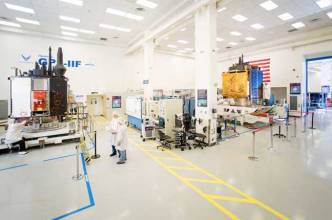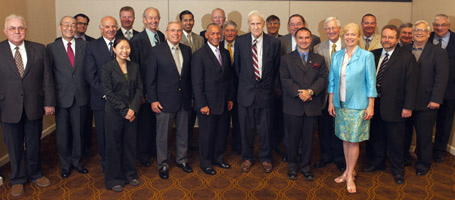GPS Civil Funding
The Federal Aviation Administration (FAA) has told those awaiting their slice of the GPS civil program budget that the funds are on the way.
The money, which is supposed to support that portion of the GPS program springing from the needs of civilian users, has been held up for months. In fact, as of late August — with less than 40 days left to go in the fiscal year — the money had not been transferred to either the military’s GPS Directorate or the National Coordination Office (NCO) for Space-Based Positioning, Navigation, and Timing (PNT).
By Dee Ann Divis

